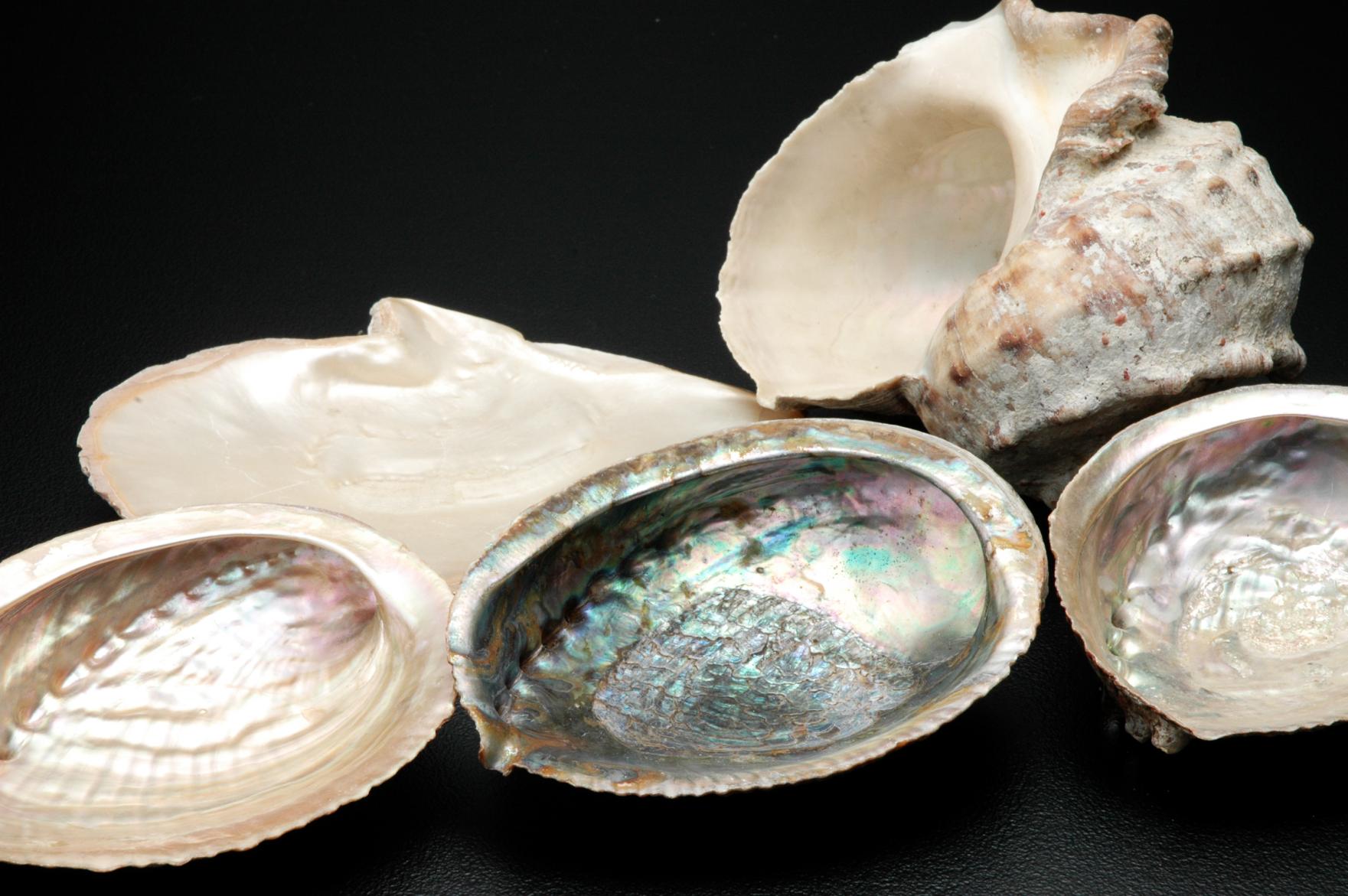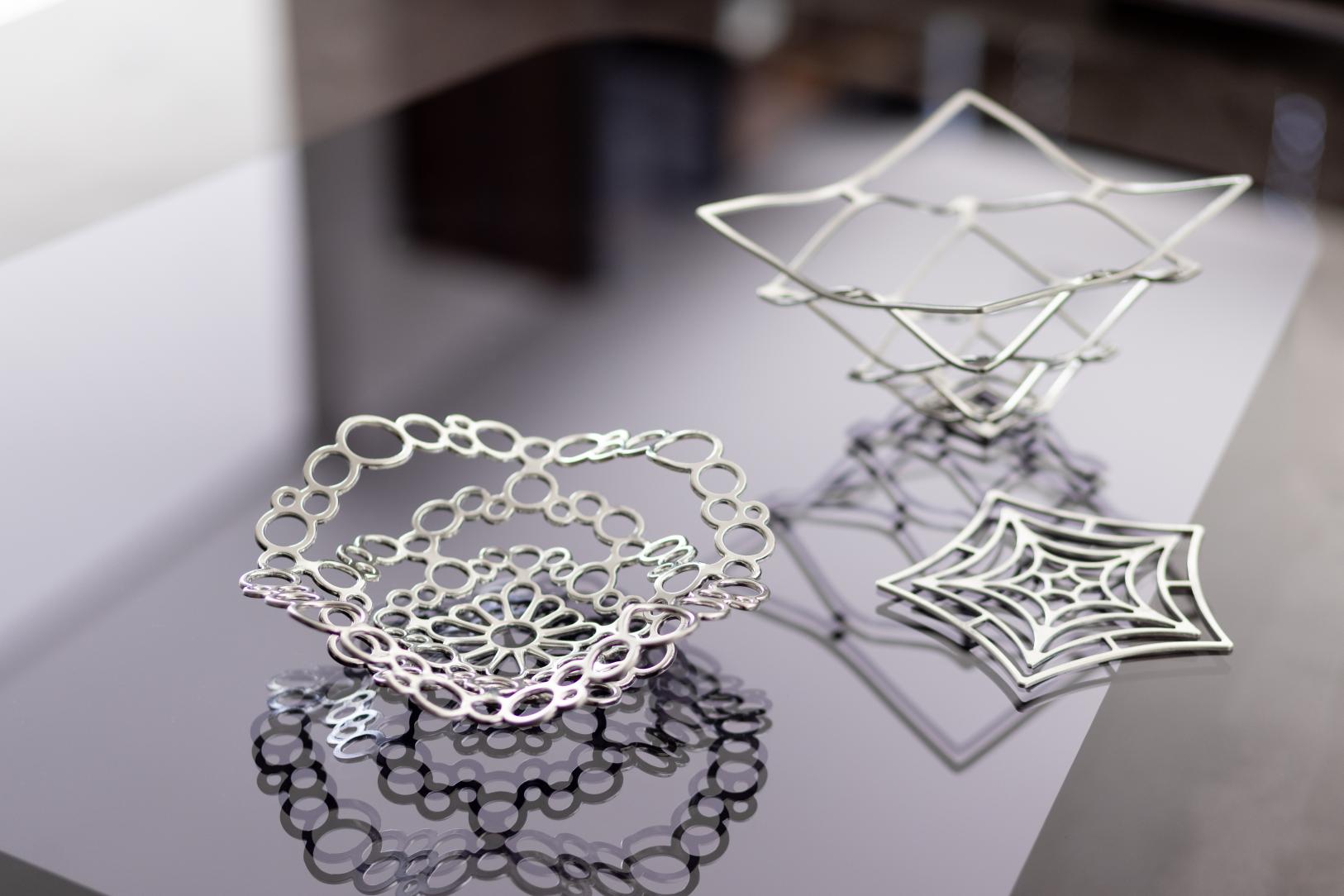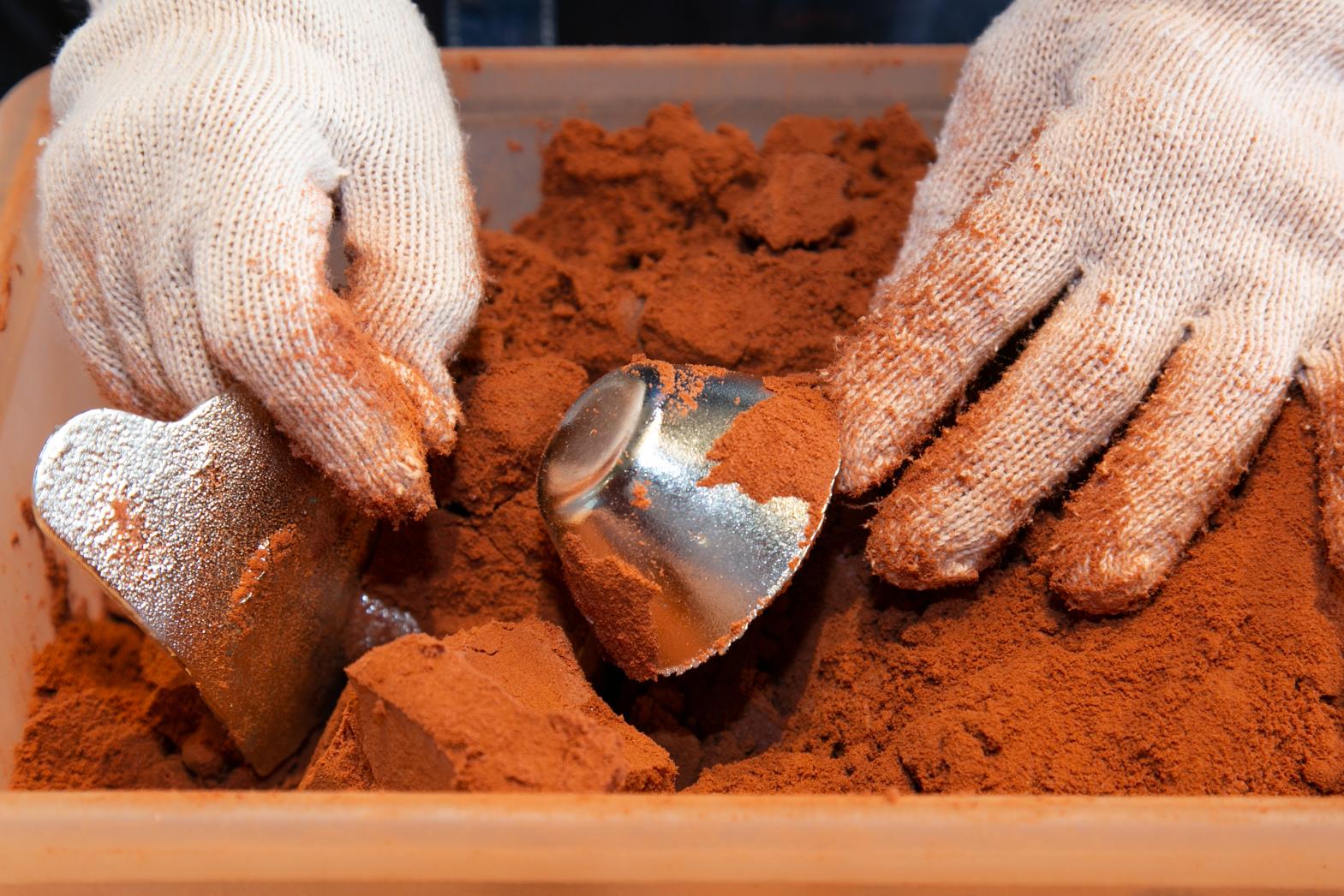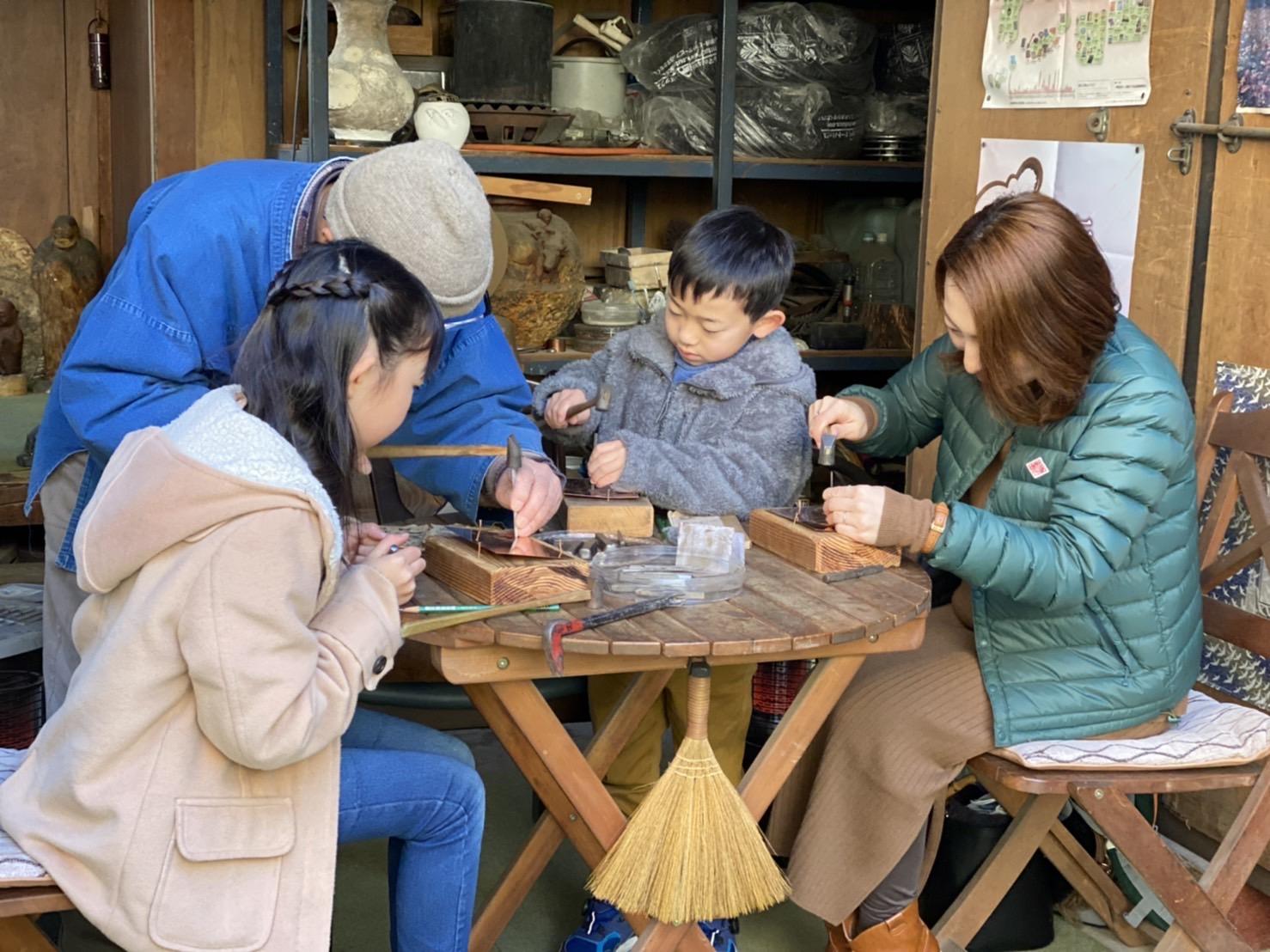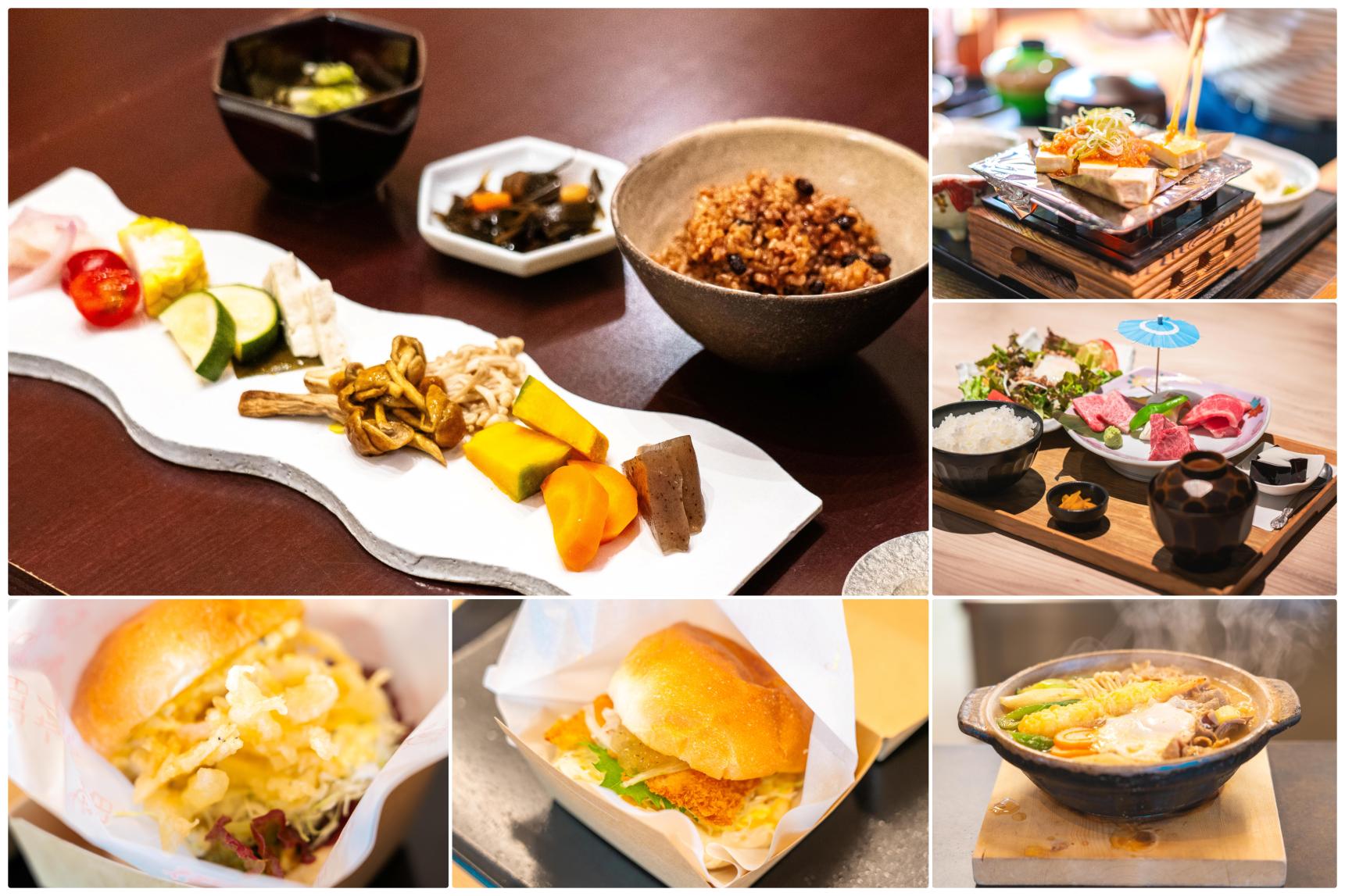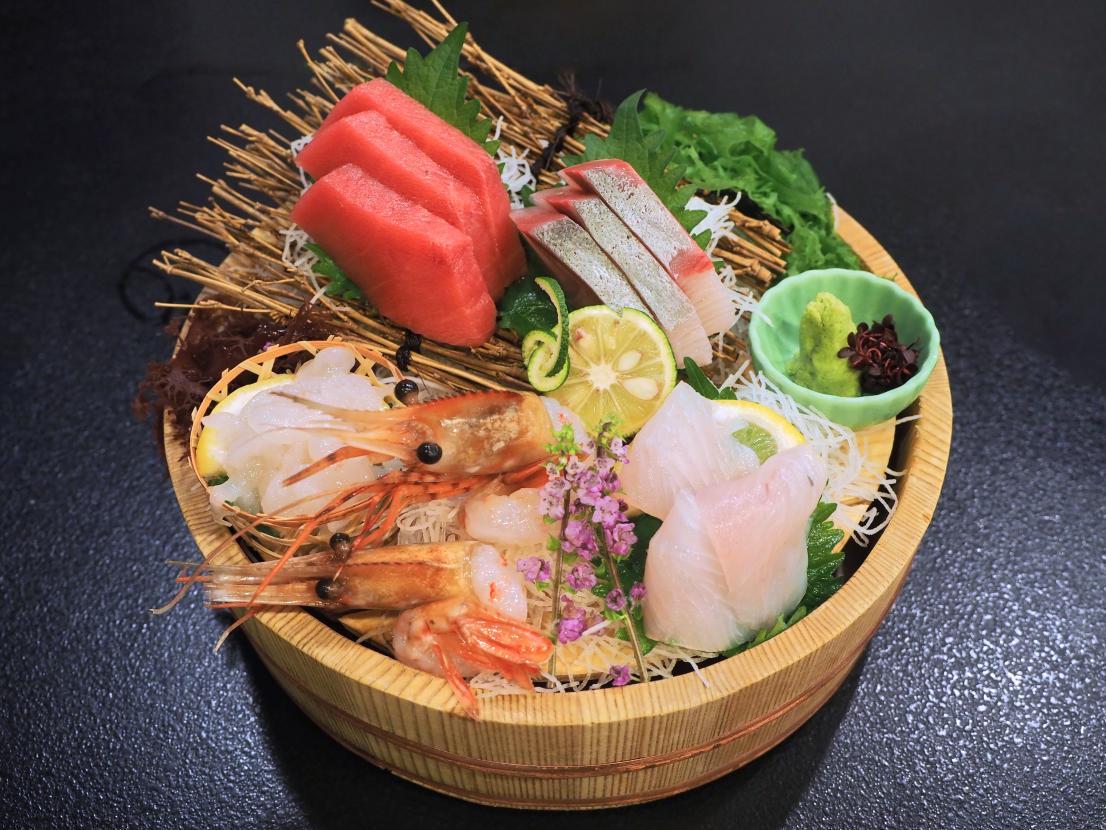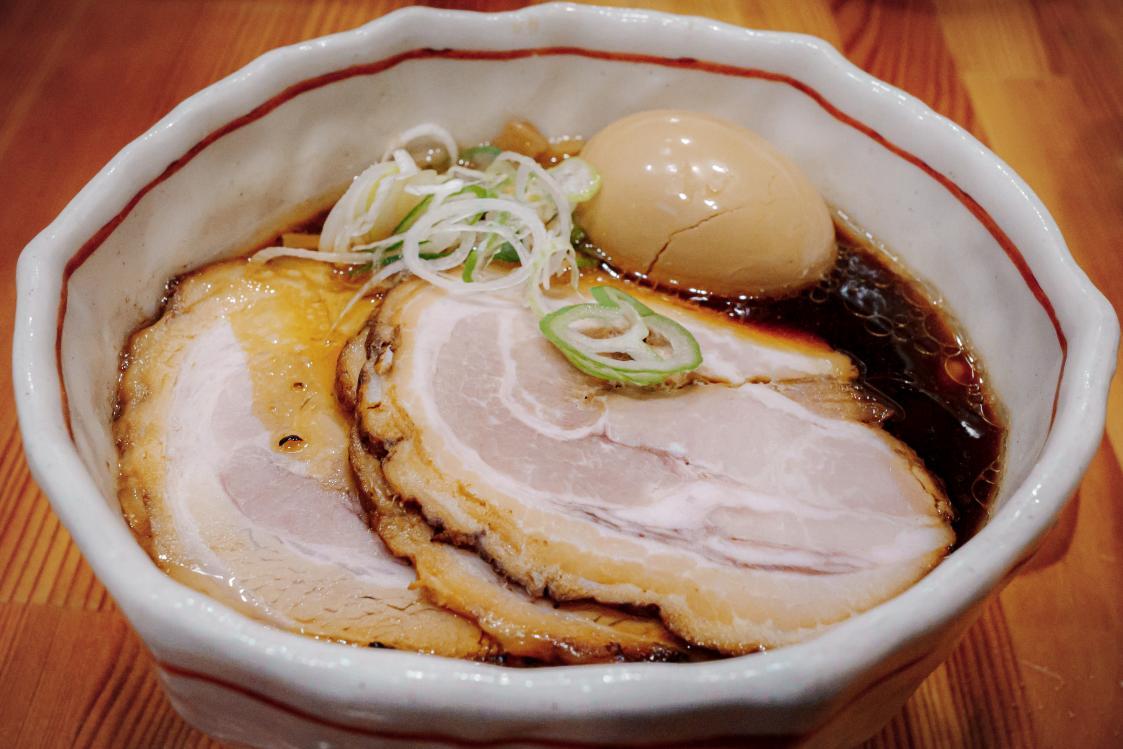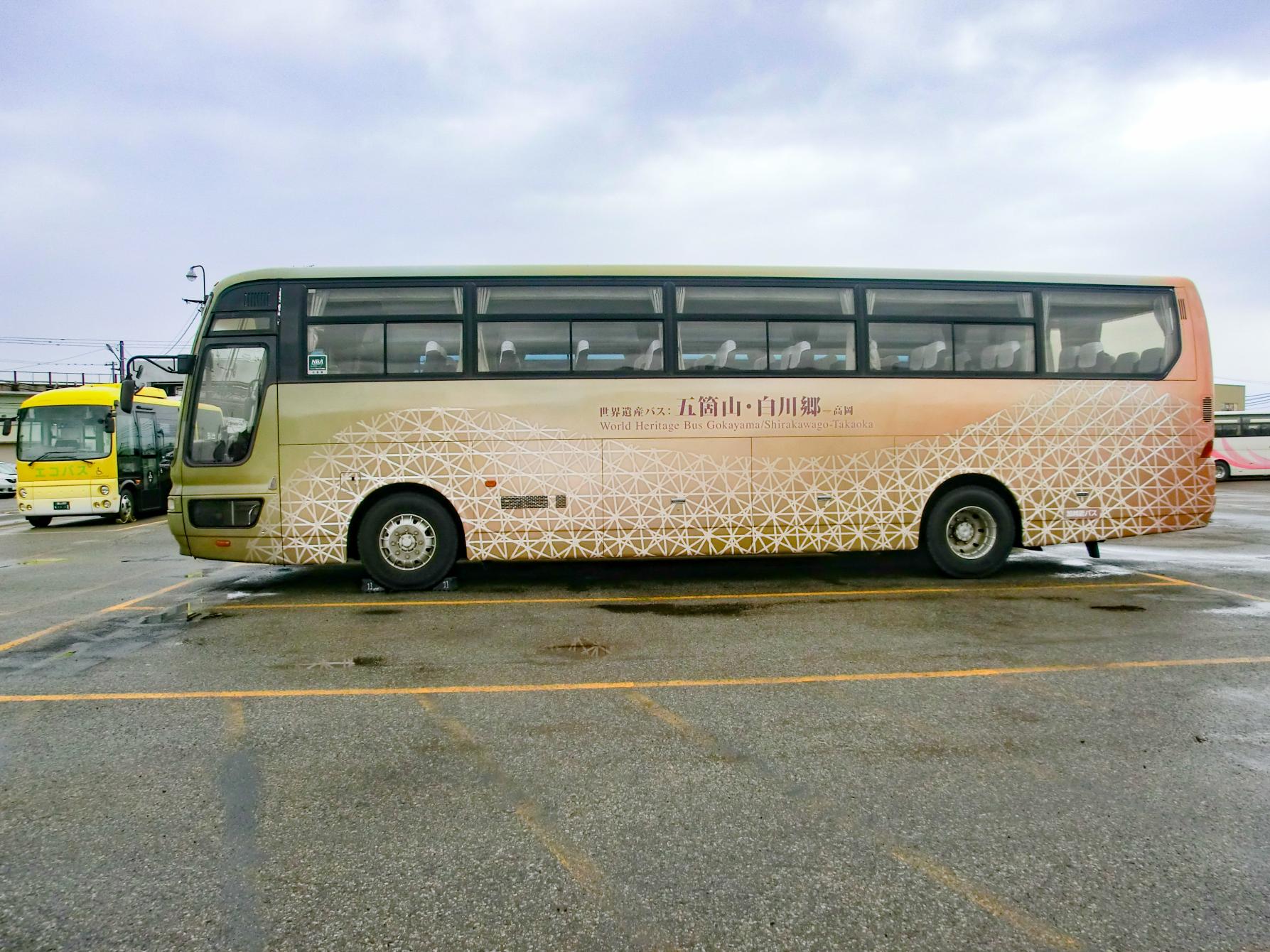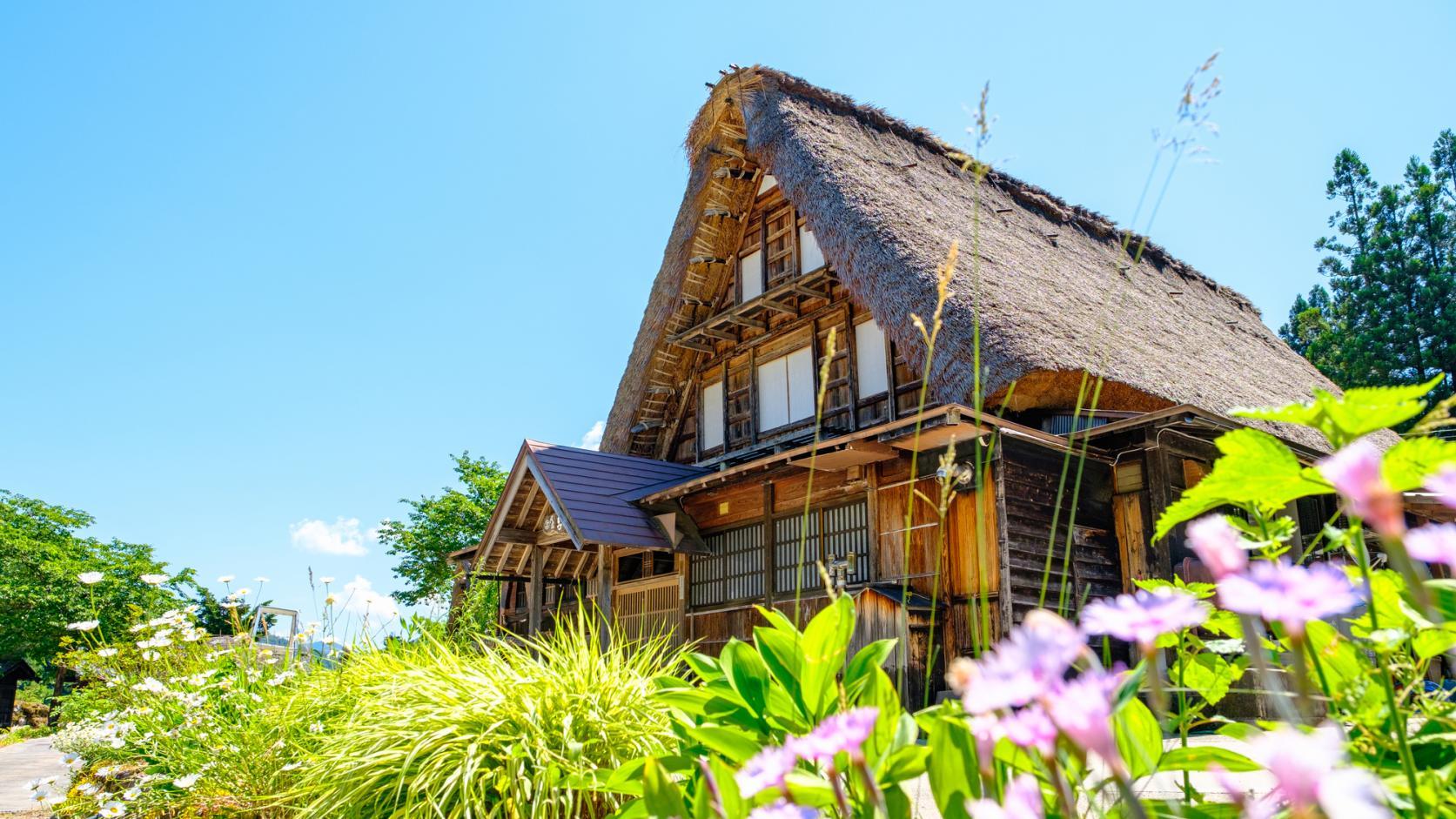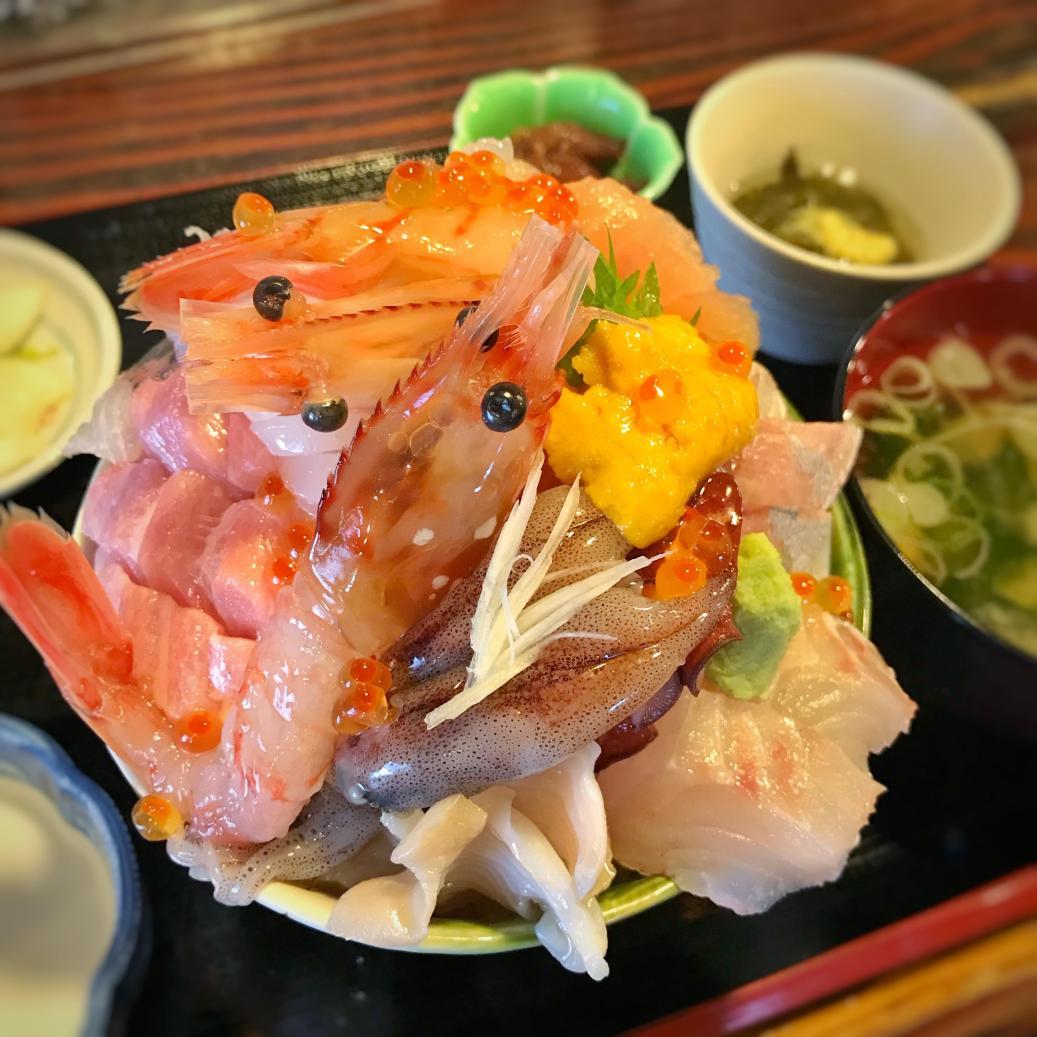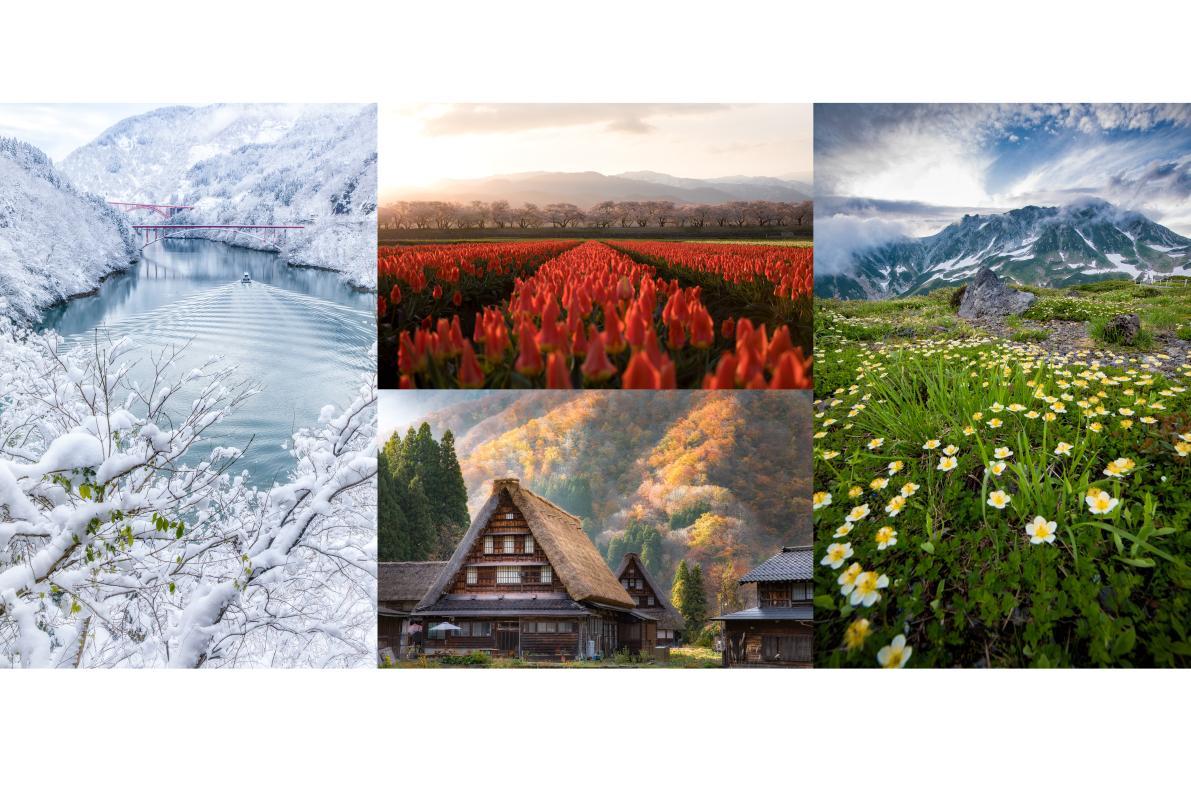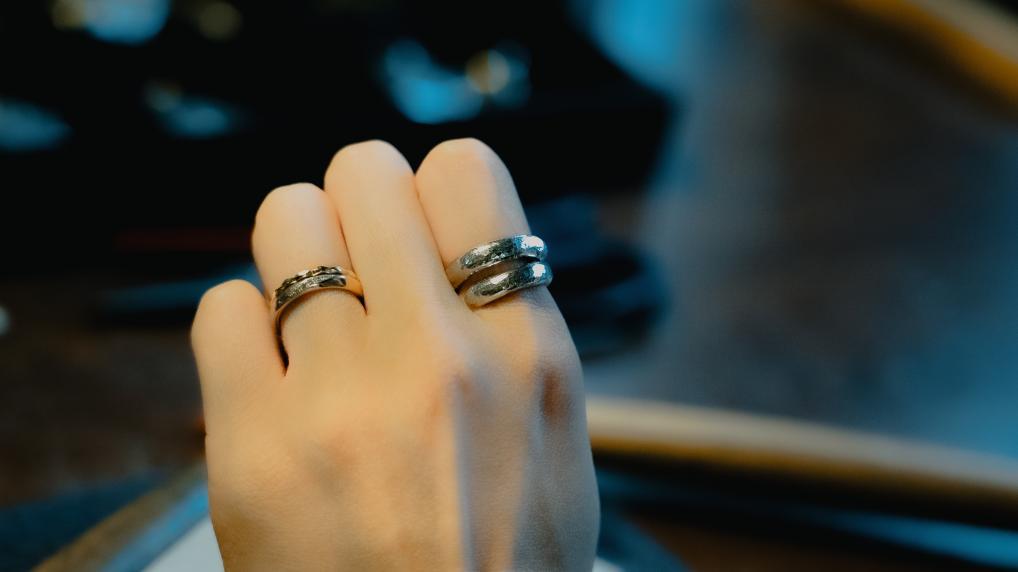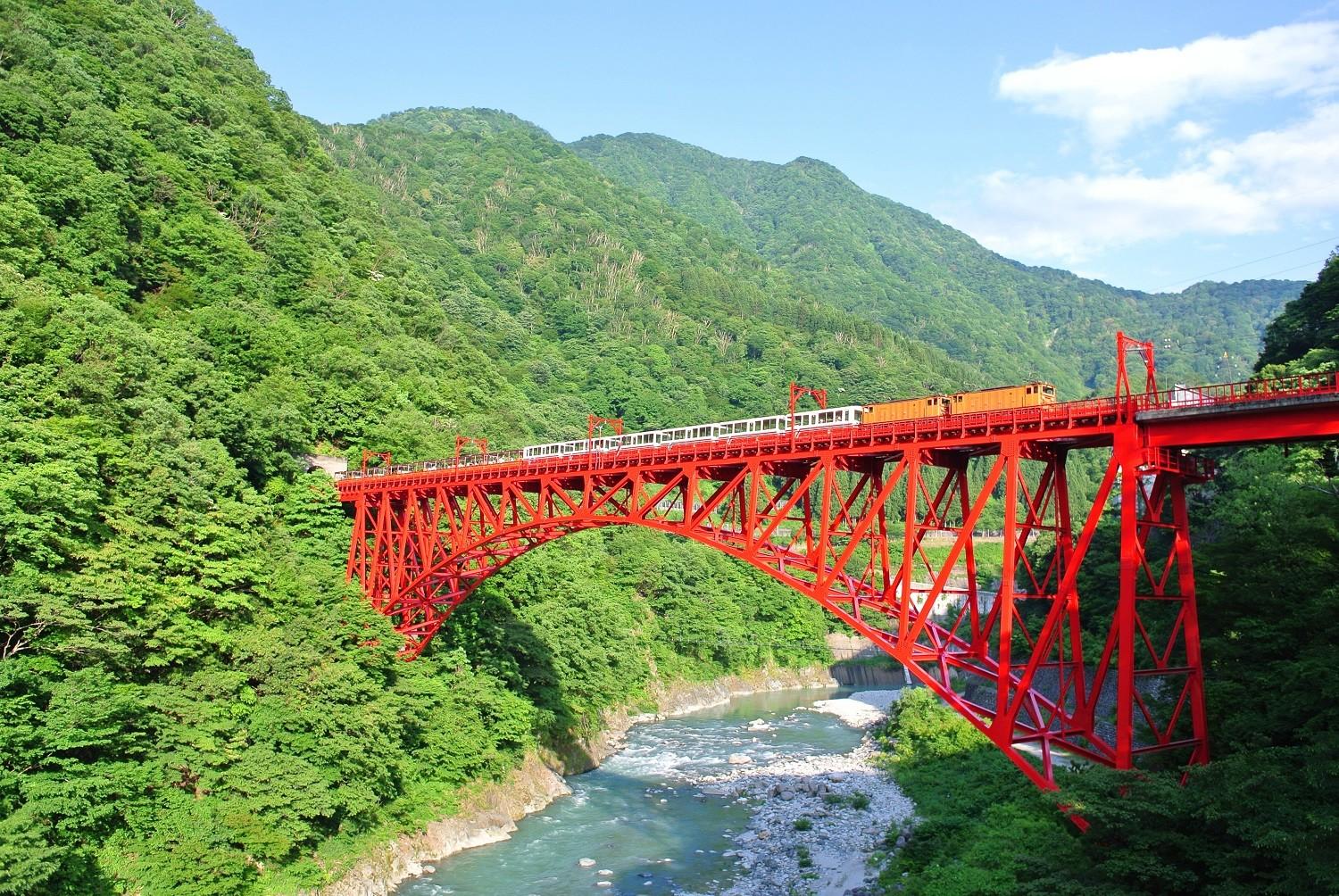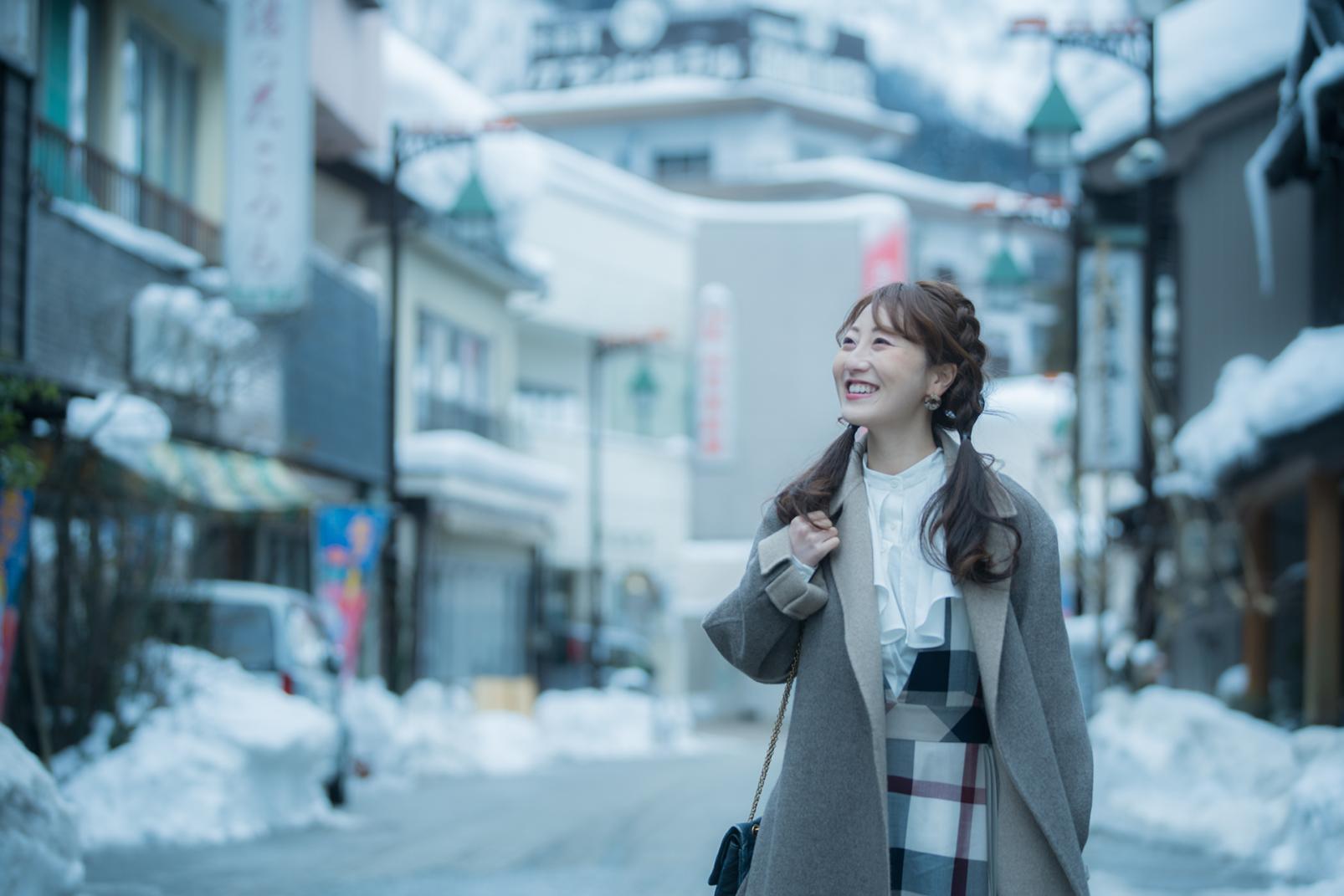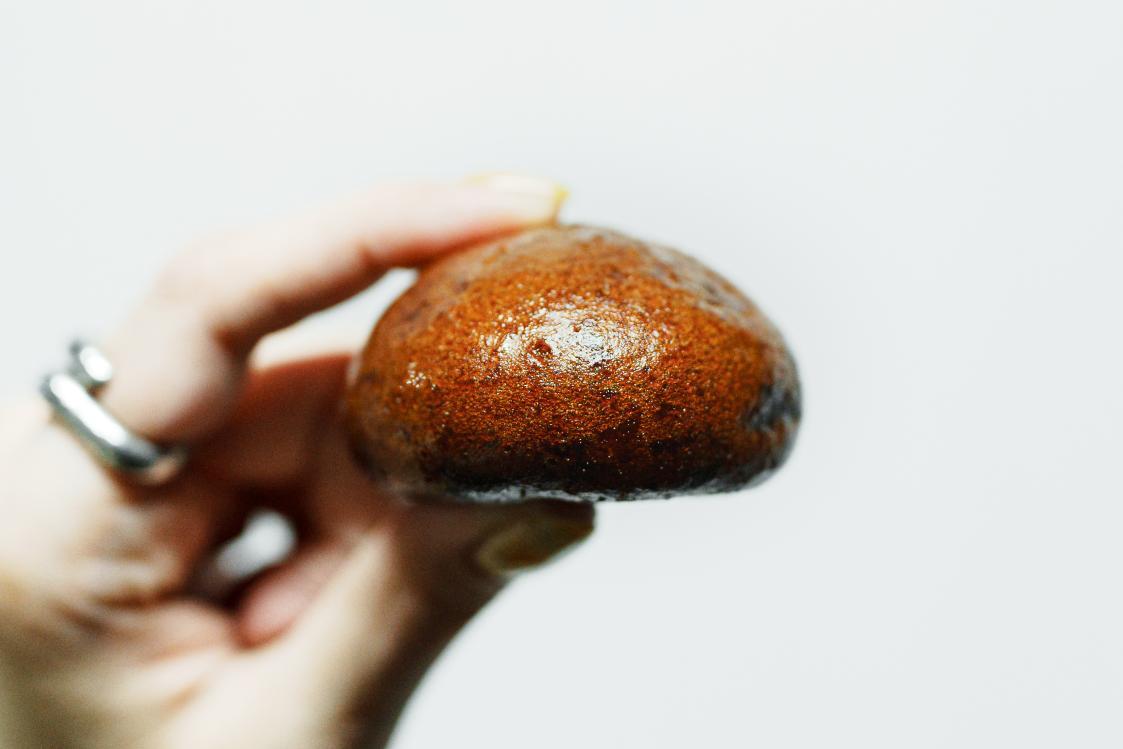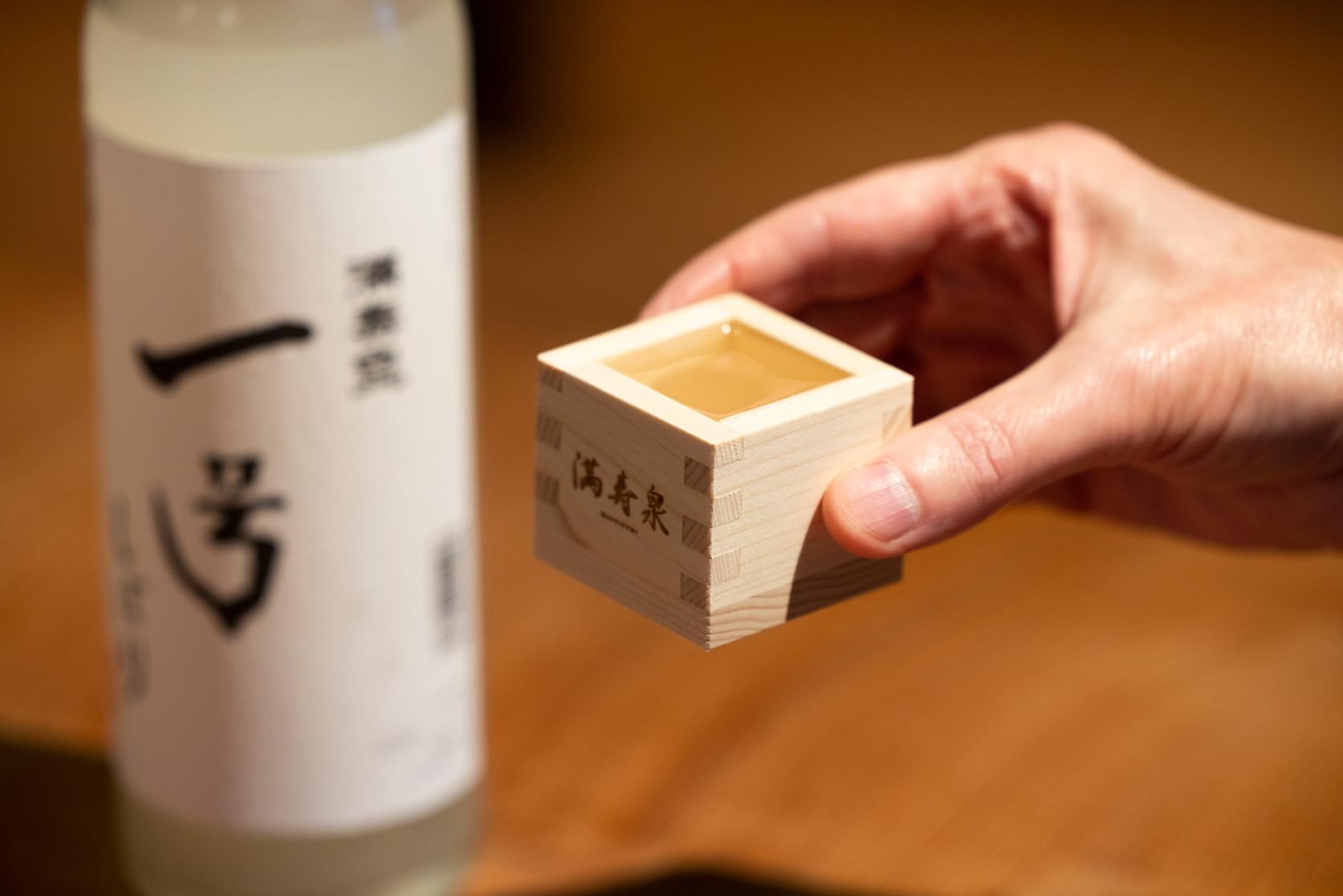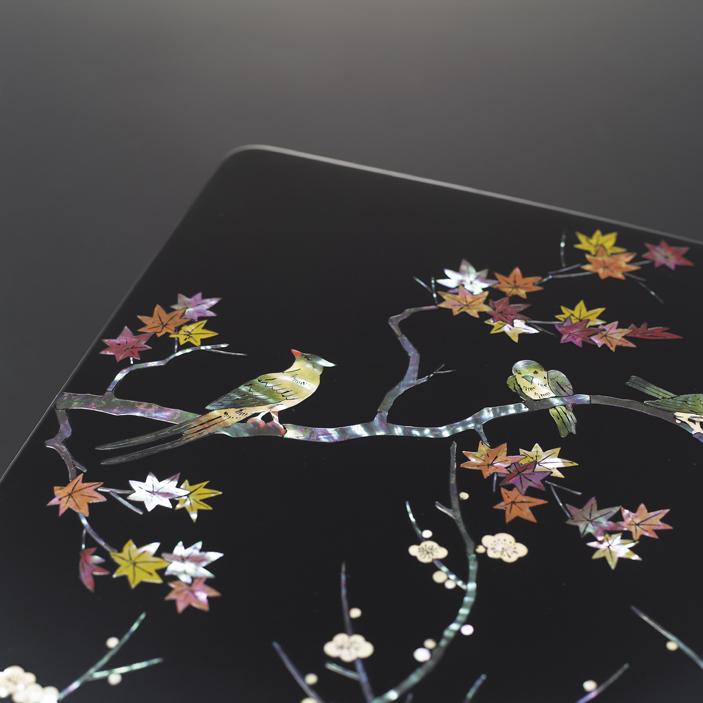
Takaoka’s Traditional Crafts Learned from Master Craftsmen
The origin of Takaoka copperware dates back more than 400 years to the Edo period. In 1609, Toshinaga Maeda, lord of the Kaga domain and the second generation of the Kaga Maeda clan, entered Takaoka Castle, and then he welcomed seven founders to Takaoka City in order to develop the castle town in 1611. That was the beginning of Takaoka copperware.
With those founders playing leading roles, a foundry was established at the present Kanaya-machi of Takaoka City. At first, they manufactured ironware for daily necessities, such as agricultural tools and pots. It is said that the production of copperware began around the period of 1830 to 1848 (Tenpo and Koka eras). In 1975, Takaoka City was designated as a production area for the nation’s first traditional handicraft.
The history of Takaoka lacquerware, like that of Takaoka copperware, is said to have begun when Toshinaga Maeda, the first lord of the Kaga domain, built Takaoka Castle and had daily supplies, such as armor, chests, and four-legged trays, manufactured. Only five years later, the castle was abandoned. However, after that, Takaoka transformed into a town of commerce and industry.
The tsuishu and tsuikoku, which are the techniques of applying many layers of vermilion and black lacquer and then carving, were introduced from China, and techniques that have lasted into the present day were devised, including carving, raden (shell-inlay), and sabie (rust painting).
Nowadays, many manufacturers in Takaoka are developing various products to suit contemporary lifestyles, its traditional crafts continue evolving further.
Let’s experience Takaoka’s traditional crafts. Raden workshop by Musashigawa Koubou
Musashigawa Koubou was founded in 1910. It inherits the technique of aogai-nuri of Takaoka lacquerware, the nation’s designated traditional craft, for four generations. Aogai-nuri means a method of raden (mother-of-pearl inlays). Patterns are created with abalone and other shells ground to about 0.1 mm in thickness by cutting and applying them onto a lacquered surface. Musashigawa Koubou applied this technique with aogai to decorate not only architecture, furniture, and metal but also recently new products in collaboration with designers, glass vessels, and even iPhone covers, aiming to create lacquerware with aogai-nuri that can match the contemporary way of life.
At the raden workshop, under the guidance of a traditional craftsman, you can experience delicate work from creating a drawing, preparing the base, cutting shells, and pasting them onto the lacquered surface of the base with glue. Cutting thin shells is a work that requires concentration and patience, but rest assured that the craftsman will kindly guide you. Production time will be about two hours, and your product will be finished in two weeks after the workshop.
Casting workshop by NOUSAKU Corporation
It is in 1916 when NOUSAKU began manufacturing castings. At the time of the foundation, they mainly manufactured Buddhist altar fittings, tea utensils, and flower vases.
The turning point came around 1965. NOUSAKU focused on the lives of the Japanese people that were increasing in prosperity and developed a modern-designed flower vase, which became a hit. Their business continued to expand. However, as Japanese lifestyles changed, the economy went into a slump, the prices went lower due to the increasing transfer of production bases overseas, and the demand for traditional flower vases, tea utensils, and Buddhist altar fittings gradually declined. They could not fight against the waves of the times and faced a predicament.
NOUSAKU found a way in 2001 at an exhibition held in Harajuku, Tokyo, with the title “Bell, Woods and Phosphorus” (pronounced “Ring, Ring, Ring” in Japanese). Their brass bells, taking advantage of the beauty of base material, gathered attention and those started being handled at specialty stores. They did not sell well in the original form, but then a piece of advice from a salesperson made NOUSAKU turn their bell into a wind chime by attaching a paper strip to it. It became a huge hit with more than 1,000 chimes being sold every month. Since then, NOUSAKU has determined to develop products that correspond to customer’s feedback. A product that is made of 100% pure tin, which is NOUSAKU’s mainstay product, was also launched, inspired by a salesperson, who told them that there were many customers who wanted tableware.
Tin is usually processed by adding other metals to give hardness to it. However, NOUSAKU took on the challenge of processing 100% tin, claiming that they wanted to do something no one had done before. That processing was a challenge, but one day an idea popped up in their heads. “If tin bends, why don’t we create tableware that can be used by bending it?” This very counterintuitive thinking led to the creation of a number of tin products that represent NOUSAKU, including the bendable tableware of the KAGO series.
Spend a day learning, experiencing, and enjoying at NOUSAKU’s office and factory, which is popular for a factory tour, from which visitors can understand the craftsman’s skills and craftmanship that are to be passed down, and a tin casting hands-on workshop, where participants can make tin items such as sake cup and plate with the same techniques as the craftsman.
In the workshop, participants will make a casting mold using sand, just like the craftsmen of NOUSAKU do. A sake cup is particularly popular to make. The staff dedicated to tutoring will take care of participants at the workshop. They will carefully provide direction on the process according to individual participant’s pace. You can make a tray, a small bowl, and a chopstick rest in addition to a sake cup. After one and a half hours, only one cup in the world will be completed. Enjoy the gentle shine of tin and the beauty of the material. You will be able to learn about the casting process, time and efforts, and difficulty, and will also become familiar with the products of NOUSAKU and the work of its craftsmen. You can take the finished sake cup home on the same day. It would be good to drink sake and reminisce about the workshop after returning home or to give the cup to a close friend together with Toyama’s local sake.
Metalwork experience at Kane no Sanzun, a hotel in a renovated traditional residence, and Masaharu Kyoden
Takaoka copperware refers to the cast metal that is made by pouring melted metal into the space created by the mold. The work of making copperware is divided into each process, which has its own professional craftsmen who make their living from it.
Masaharu Kyoden (hereinafter called Mr. Kyoden) is a traditional craftsman in charge of the process of finishing among the other processes. (Traditional craftsman refers to a person who can be a role model for local technical experts because the person has 12 or more years of experience in an area of specific production and who has passed the practical skills, knowledge, and interview. The person also has great expectations for the promotion of the area, including the training of successors.)
Mr. Kyoden is responsible for further improvement of the quality of products that have taken shape by casting. He plays a plain but very important role in improving the perfection of products through the repair of portions that are considered defects by correcting the seams between the molds and repairing areas where the metal has not reached properly, the brush up to express characteristics more clearly, and to improve the patterns reflecting the beauties of nature, as well as the enhancement of added value, including inlays that fit into different metals.
Mr. Kyoden, while being committed to his role of finishing for over 50 years, has produced many works by making use of his unique sensibilities in creating his own works. Today, he is still active as a finishing craftsman and an artist and is a valuable presence in the Takaoka copperware industry.
Kane no Sanzun strongly sympathizes with Mr. Kyoden’s way of thinking, living, and work. Therefore, it supports him from both the perspective from tourism involving hotels and his craftsmanship. In addition, it holds a two-hour workshop instructed by Mr. Kyoden. Kane no Sanzun also provides an original workshop, the “Making a Relief by Hammering out Copper Plate” under the immediate guidance of craftsmen.
This workshop, where you can make up a relief while seeing the techniques of traditional craftsman closely, is a unique project that you can experience only at Kane no Sanzun. Participants will create a product of their own design by beating a flat copper plate with a mallet and special tools. Please carefully try by exquisitely adjusting your power applied to the mallet. Beat the plate while looking forward to a finished product to be created.





